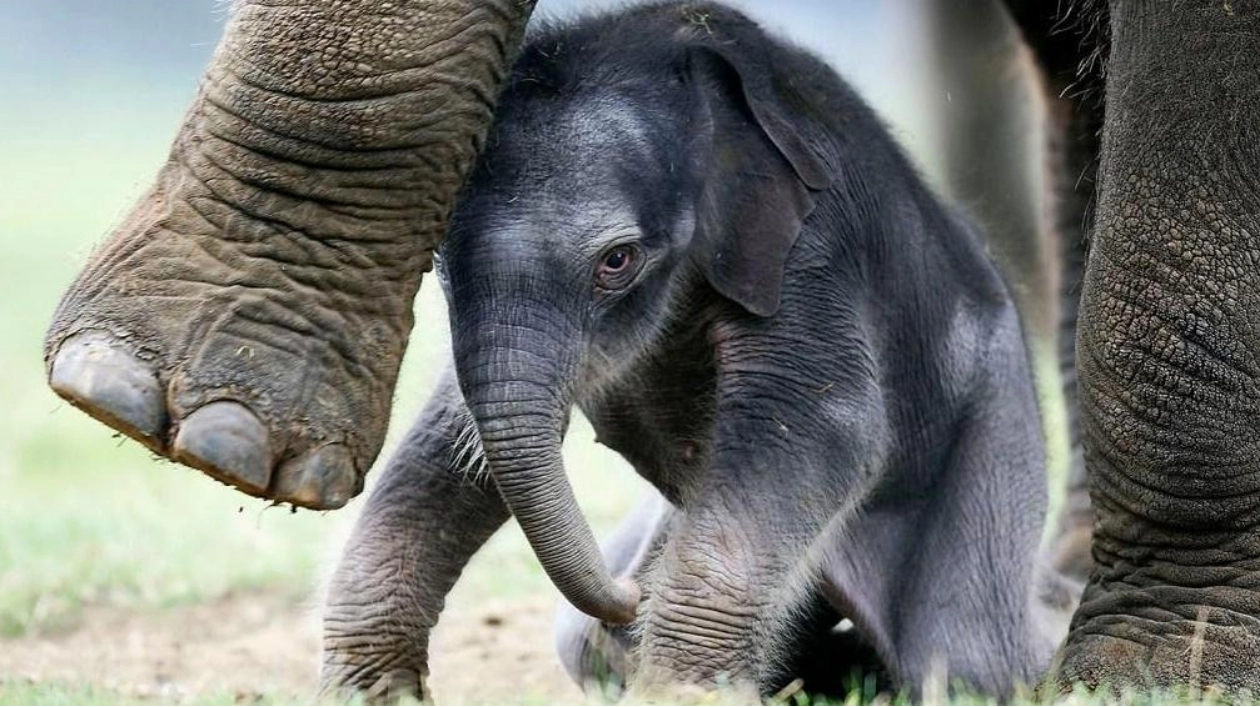In a Sherlock Holmes-esque twist, a keen observer might scrutinize the wrinkles and whiskers on an elephant's trunk to identify a left-trunked pachyderm masquerading as a righty, thanks to a recent study on trunk skin wrinkles. Similar to humans using their preferred hand to grasp a pen, individual elephants tend to curl their trunks towards the left or right when scooping up fruits or other desired objects. The whiskers on the opposite side of the curl get worn down by contact with the ground, becoming shorter and sparser. Over the years, the skin on the curled-in side develops more wrinkles as small creases form with each bend, explains mechanical engineer Andrew Schulz from the Max Planck Institute for Intelligent Systems in Stuttgart, Germany.
These clues to an elephant's 'trunkedness' are among the novel insights into elephant skin wrinkles described by Schulz and his colleagues on October 9 in Royal Society Open Science. Elephant trunks, along with octopus arms and mammal tongues, are of interest to enthusiasts of soft robots. However, this research also underscores how unique an elephant's trunk is—more akin to a sci-fi space tentacle than a simple, bendable animal nose. The trunk's muscles form a 'muscular hydrostat,' a boneless tube of muscles that easily changes shape. (An elephant's trunk contains approximately 46,000 muscles, compared to the human body's 600 to 700.)
Unlike an anemone or octopus tentacle, an elephant's thick outer skin imposes limits on the trunk's movement. Surprisingly, the skin is stretchier on the trunk's upper surface than underneath. With a blend of flexibility and strength, an elephant can peel a banana or pick up a tortilla chip without breaking it, though not in the same way human fingers would. The chip lift, for example, involves a sort of glob-squish suction. Examining preserved tissue from deceased zoo animals, the team observed how wrinkles begin forming in utero, doubling approximately every 20 days during an early, rapid-wrinkle stage. Trunks, like much other mammalian flesh, become wrinklier with age. For instance, newborns averaged 87 wrinkles, while the three older African savanna elephants (Loxodonta africana) had accumulated an average of 109.
These wrinkles are not merely cosmetic signs of aging; they are crucial features that define an elephant. They protect the shape-shifting hydrostat of the trunk and facilitate shape changes, especially when gripping heavy objects with the underside of the trunk, Schulz notes.






